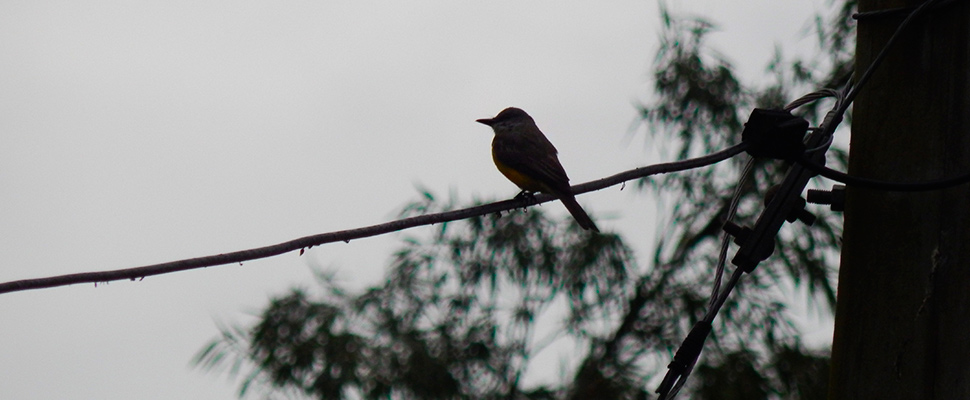Seeing animals in a national park: expectations vs. reality
Since I began working at National Parks, more than 20 years ago, I have heard the same question from visitors: will I see animals in the park?

If you visit a national park you can meet several species of animals. / Photo: Courtesy LatinAmerican Post
LatinAmerican Post | Jorge Guasp
Escucha este artículo
Leer en español: Ver animales en un parque nacional: expectativas vs. realidad
Birds, a group that attracts millions of observers
Thanks to their forests and jungles, wetlands, seas, lakes, lagoons, rivers and other environments, National Parks around the world treasure species of birds that represent an important resource, both biological and touristic.The official website www.argentina.gob.ar states that “World Bird Watching Day is an initiative of BirdLife Conservation globally and promoted by Argentine Birds in the country. For two editions, from National Parks the participation of protected areas as places of registration has been promoted, adapting the offer of activities based on the characteristics of each area ”.
Although the national parks are home to environments unaltered by man, it is not always easy to find an endemic bird, a scarce one, one of elusive habits or one nesting in particular conditions. Needless to say, the more time the visitor spends in the park, the more likely he will be to find the desired species, especially if he takes advantage of the sunset and sunrise, periods when the birds have more activity . But pretending to spot a particular bird during a stay of a few hours can be frustrating.
The biggest reward: observation of endangered animals
During the visit to some of the national parks that protect the Patagonian Andean forest, many nature lovers dream of finding a huemul. It is a deer in danger of extinction, of which only about two thousand specimens remain between Chile and Argentina. The huemul inhabits steep terrain of the Argentine and Chilean Patagonia, not less than 1700 meters above sea level, and has been declared a Natural Monument in Argentina by Law 24702 of 1996. It is a difficult animal to see, and its presence in an area is inferred from droppings, footprints, hairs, marks on the bark of trees, fallen antlers, etc.
Read also: Eco-friendly biodiesel from palm oil?
When someone tells me that they will visit an Argentine Patagonia park with the aim of seeing a huemul, I explain that the possibilities of discovering it are very remote, even if they devote several days to touring their habitat; Therefore, the wisest strategy is to forget the huemul, and enjoy the beauty and tranquility of the environment in which they live.
Something similar occurs, at the opposite end of Argentina, with the tapir, a mammal that can reach 250 kg in weight and is distributed from Venezuela to northern Argentina. According to the Biodiversity Information System (SIB) of National Parks of Argentina, the tapir is “in danger in several countries of South America. The uncontrolled sport hunting and the reduction of jungle areas are among the main causes of their disappearance ”. IUCN categorizes this species as Vulnerable, with a decreasing population trend (IUCN 2008).
In the day, the tapir usually moves inside the forest; during the night, however, it moves towards more open areas, such as thickets or grasslands, rivers, and lagoons. Watching it directly is not easy; although there is a higher chance of seeing a tapir than a huemul, especially if crepuscular or nocturnal outings are made.
Read also: How countries respond to weather change
Caí monkeys are also present in the Yungas, jungles of northwestern Argentina, and many visitors ask about the possibility of observing them in protected natural areas. These monkeys inhabit some National Parks such as Baritú, Calilegua, and El Rey; and although they are not observed very frequently, it is easy to notice their presence when they are close, as they move in a pack, emit loud sounds and shake the branches of the trees during their movement from one specimen to another.
Expectations vs. reality: avoid disappointment while visiting a park
Although the primary objective of a visit to a natural area is to observe a particular animal, it is important to understand that, with the exception of some species used to human presence, fauna generally refuses contact with man. Consequently, the most sensible thing is to travel without expectations, enjoy nature without becoming obsessed with discovering a particular species, and be aware that wildlife is kept safe thanks to the difficulties of contact with it.





